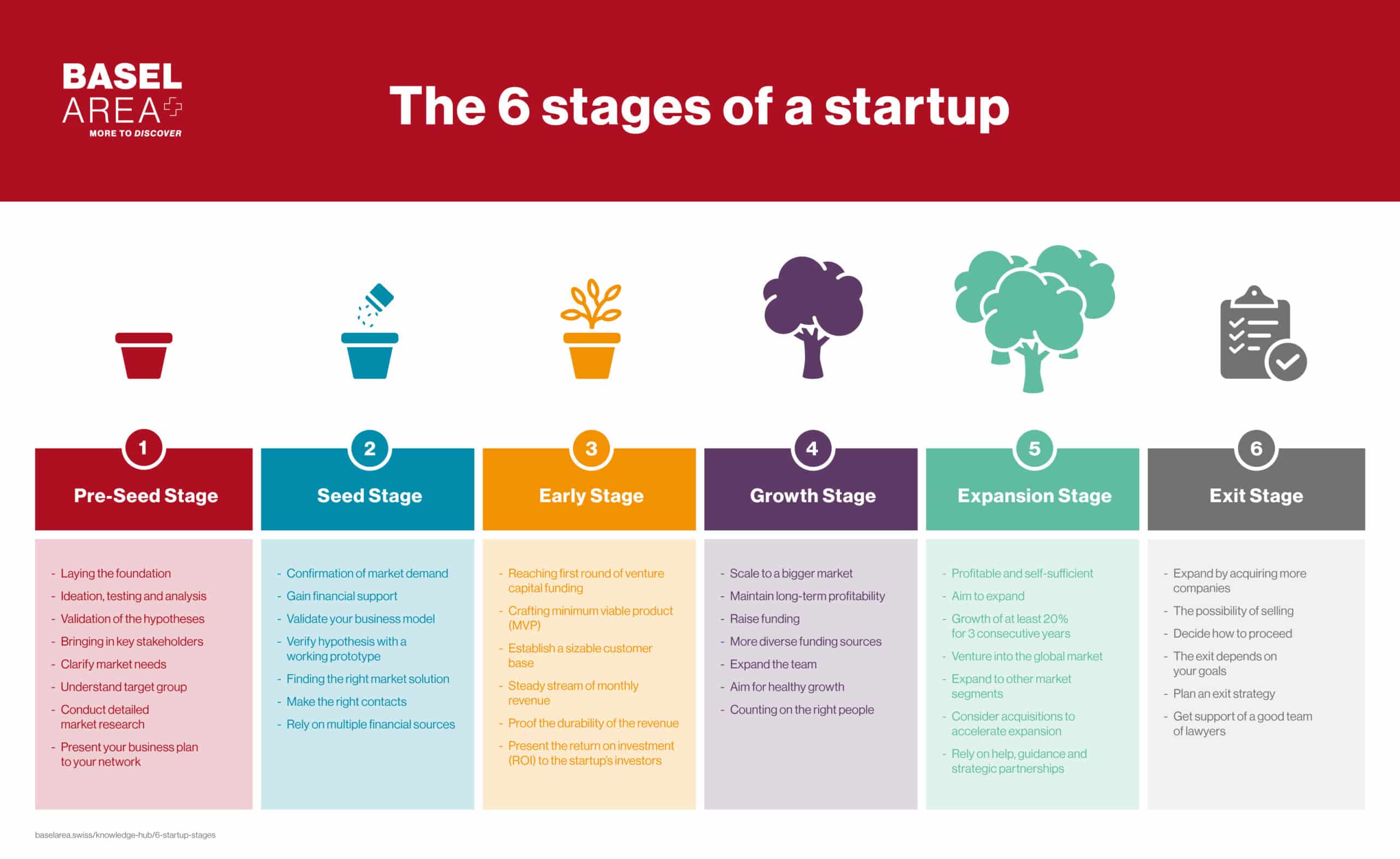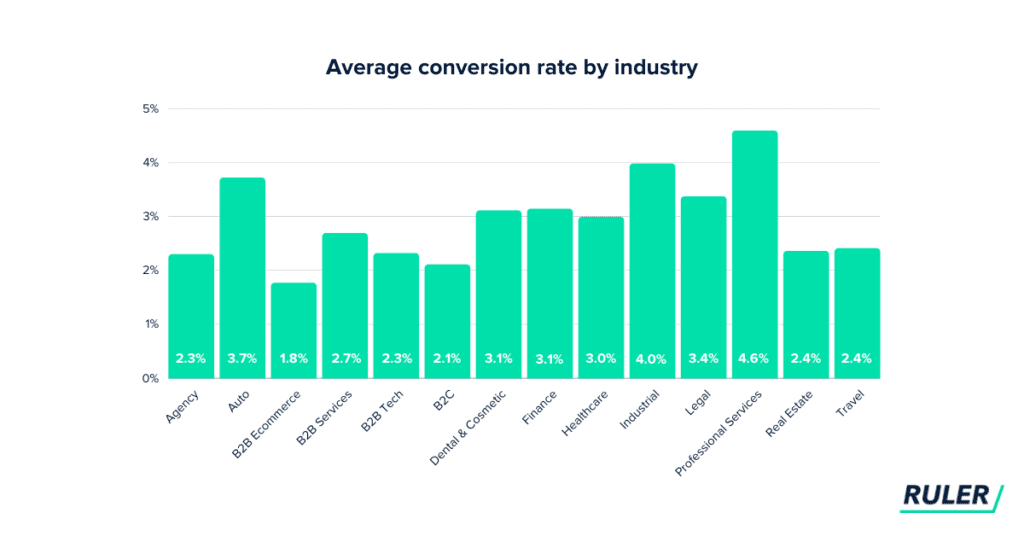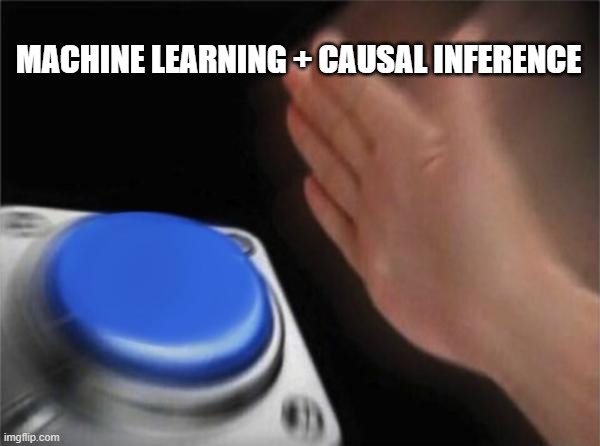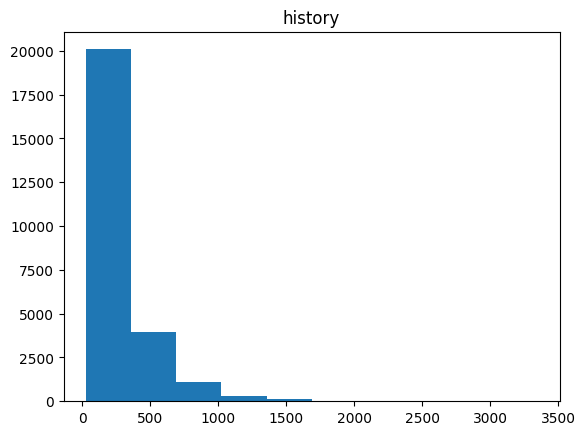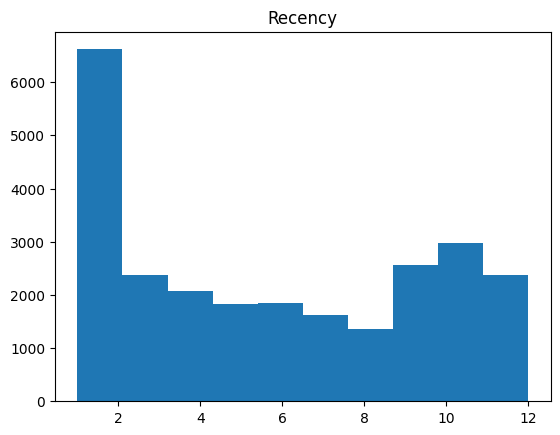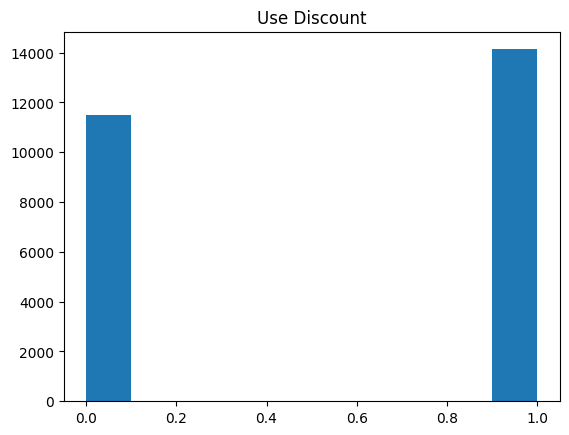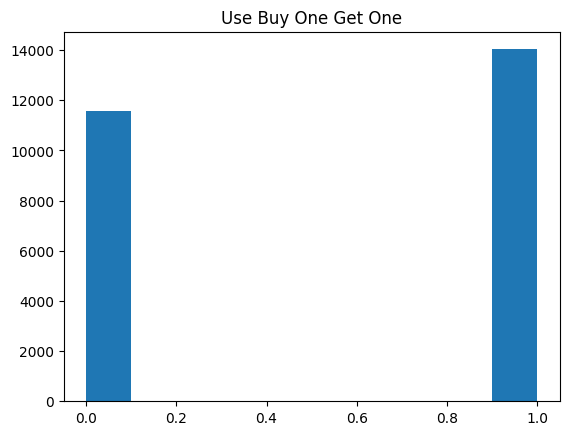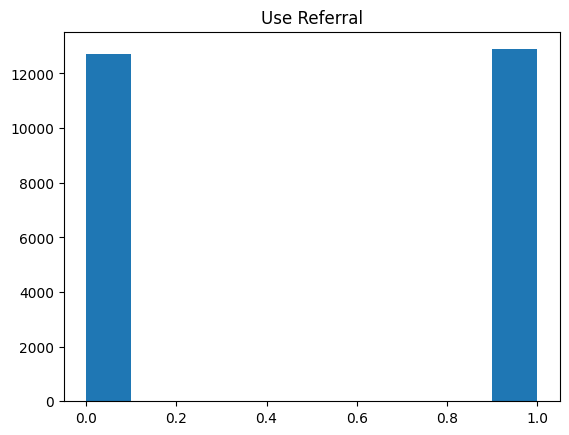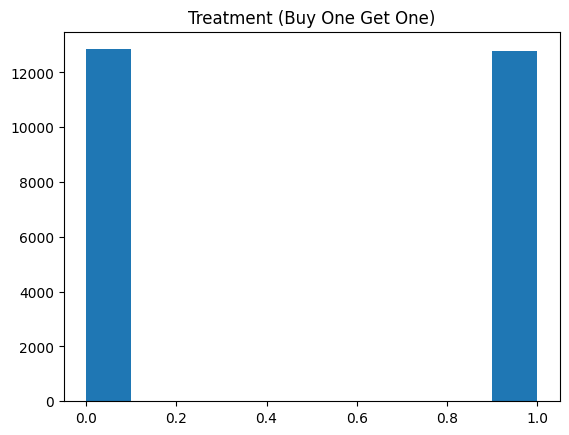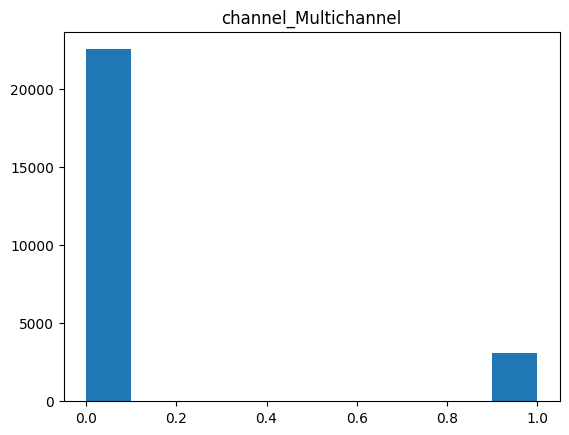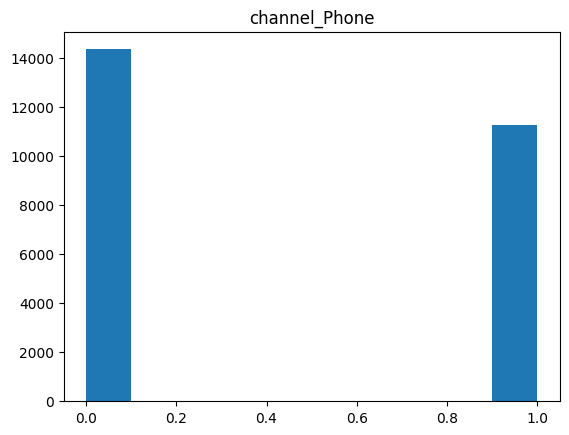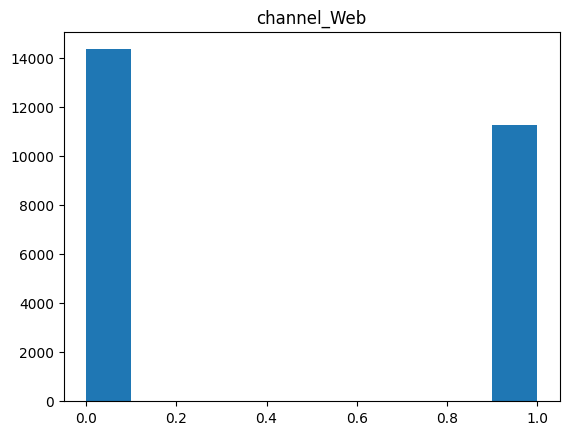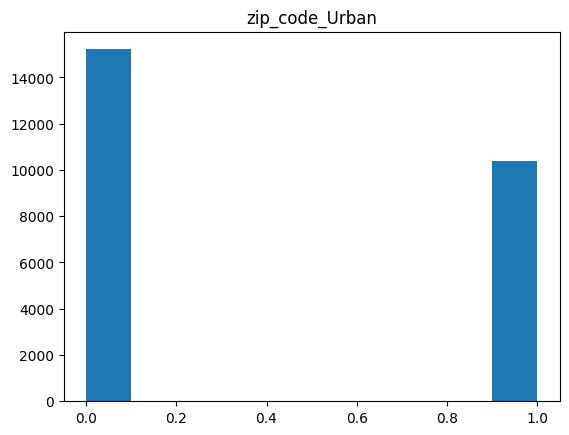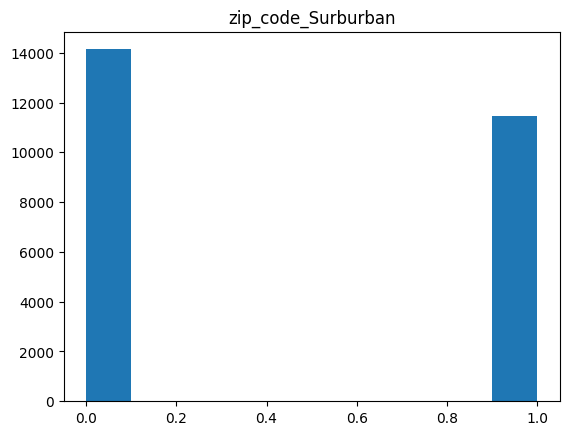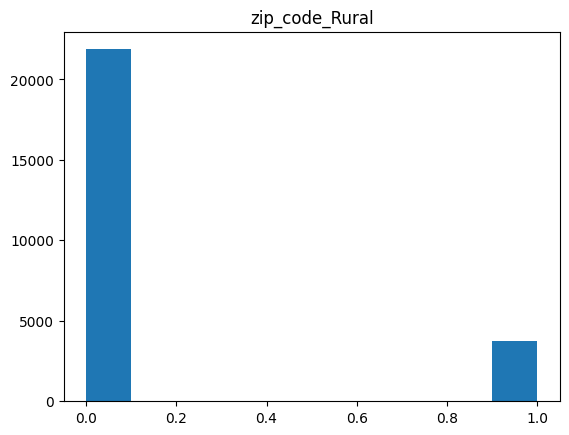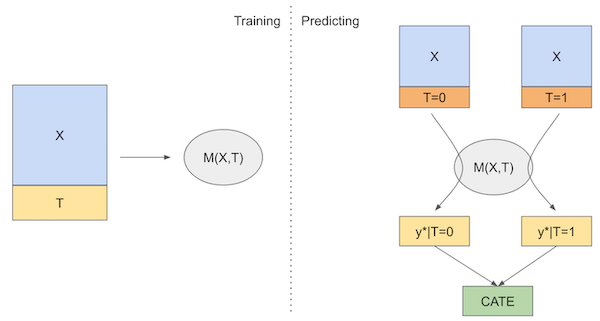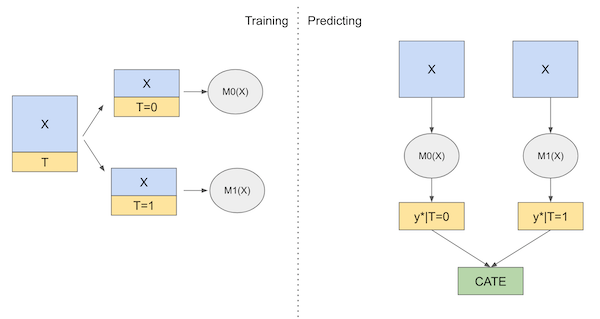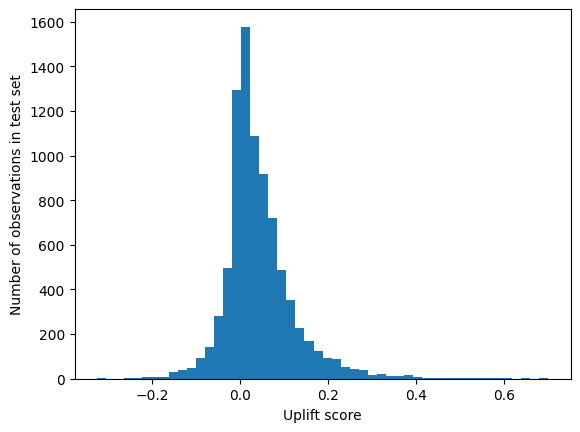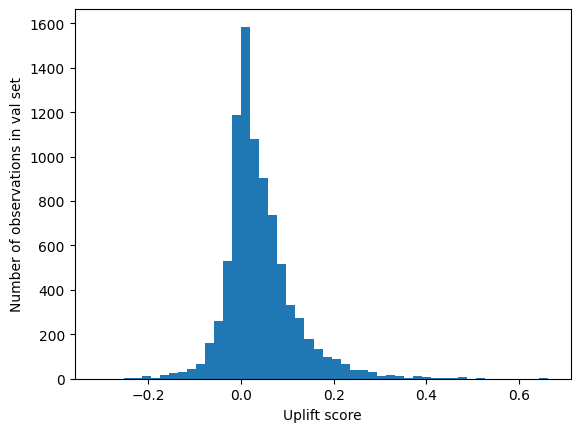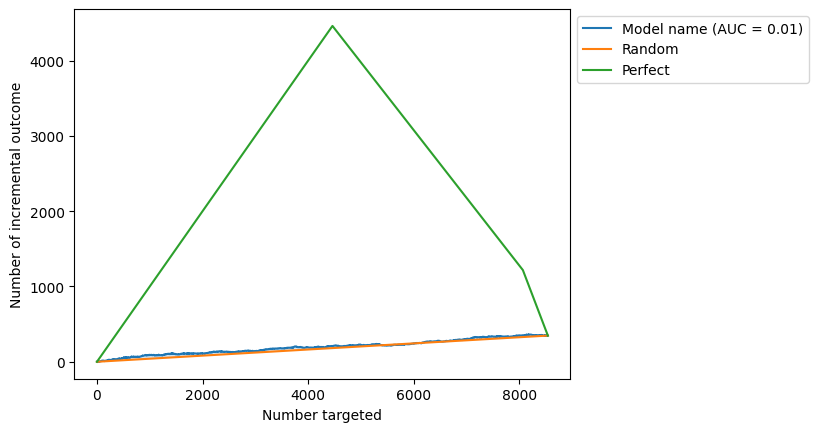E## Background
An e commerce company just established. The company wants to grow their user base ? Why its important
SourceThe company is in stage 4 to scale to a bigger market. Of course expannding user base require effort. We cannot wait for the miracle to come up
How can we grow user ? To grow user base we can divide into two types
- Organic Growth
- Non Organic Growth
So what is the different between both
Organic Growth refer to condition where user willingfully to use our product without any intervention. That could happen because of the quality of our product offered and many more
The first type is quite rare, and taking some times.. What we can do about it ?
We can intervene user growth through some intervention. So that is the idea of Non Organic Growth
Why we need to intervene, its because :
- User might not know yet our product (exposure)
- User finding difficulties in finding value proposition in our product
So what kind of intervention we need to do ?
- Educating your potential customer all about your product
This could be done through detailed explanation of your product and why they should use your product
- Offer Incentive to potential customer
The next one is more attractive since customer, can receive trial / free product hence they will have a quick impression of the product, if the product is good the more likely they will convert / buy again
Our product has been crafted carefully, and our social media team already performed maximum, we will try the second approach by offering incentive to potential customer
Now, the question who sould we give incentive ?
SourceOur goal :
- Target somebody whose likely to continue purchase our product after getting incentive
We know that individual / user may react differently to incentive, we can summary their behaviour using matrix
Treatment and Conversion Matrix Source : AuthorHow can we know given a treatment user will convert ?
This is study of causal inference
Most of causal inference method usually take care of Average Treatment Effect or how the average effect when people receive a treatment to outcome variable, some methods are available such as :
-
Backdoor Approach :
- Matching
- Fixed Effect
- Difference in Difference (DiD)
-
Frontdoor Approaach :
- Regression Discontinuity Design
- Instrumental Variable
Can we use those method for our case ? Unfortunately no. Its because we are interested in individual (heterogenous) effect or sometimes called as Conditional Treatment Effect (CATE)
Our business problem is to expand base user or user acquisition. Our current approach is to give treatment in terms of incentive to measure whether our treatment is success we would like to measure how many user are converted given treatment they receive. Hence, our business metrics is Conversion Rate
Metrics Context
The higher the conversion rate is better.
SourceTo find customer who eligible to receive incentive we can , predict uplift score of user who receive treatment, of course predicting uplift score is not the end.
After prediction we need a policy what we should do? All observation in previous experiment does have uplift value, but which percentile of uplift score we are going to select as treatment eligible customer is important
Some available metrics :
- Area Under the Curve of Uplift
- Area Under the Curve of Gain
- Area Under the Curve of Qini
For now we will use Uplift
- recency
months since last purchase
- history
value of the historical purchases
- used_discount
indicates if the customer used a discount before
- used_bogo
indicates if the customer used a buy one get one before
- zip_code
class of the zip code as Suburban/Urban/Rural
- is_referral
indicates if the customer was acquired from referral channel
- channel
channels that the customer using, Phone/Web/Multichannel
- offer
the offers sent to the customers, Discount/But One Get One/No Offer
- conversion
customer conversion(buy or no)
import pandas as pd
import numpy as np data_path = 'data.csv'# read data
treatment_data = pd.read_csv(data_path)
treatment_data.head().dataframe tbody tr th {
vertical-align: top;
}
.dataframe thead th {
text-align: right;
}
| recency | history | used_discount | used_bogo | zip_code | is_referral | channel | offer | conversion | |
|---|---|---|---|---|---|---|---|---|---|
| 0 | 10 | 142.44 | 1 | 0 | Surburban | 0 | Phone | Buy One Get One | 0 |
| 1 | 6 | 329.08 | 1 | 1 | Rural | 1 | Web | No Offer | 0 |
| 2 | 7 | 180.65 | 0 | 1 | Surburban | 1 | Web | Buy One Get One | 0 |
| 3 | 9 | 675.83 | 1 | 0 | Rural | 1 | Web | Discount | 0 |
| 4 | 2 | 45.34 | 1 | 0 | Urban | 0 | Web | Buy One Get One | 0 |
treatment_data.columnsIndex(['recency', 'history', 'used_discount', 'used_bogo', 'zip_code',
'is_referral', 'channel', 'offer', 'conversion'],
dtype='object')
### Check Shape
treatment_data.shape(64000, 9)
treatment_data.dtypesrecency int64
history float64
used_discount int64
used_bogo int64
zip_code object
is_referral int64
channel object
offer object
conversion int64
dtype: object
we can see that our variable match our data type
# channel
treatment_data['channel'].unique()array(['Phone', 'Web', 'Multichannel'], dtype=object)
# offer
treatment_data['offer'].unique()array(['Buy One Get One', 'No Offer', 'Discount'], dtype=object)
treatment_data = treatment_data.loc[treatment_data['offer'].isin(['Buy One Get One', 'No Offer'])]treatment_data['treatment'] = treatment_data['offer'].map({
'Buy One Get One':1, 'No Offer':0, 'Discount':1
})treatment_encoded = pd.get_dummies(treatment_data.drop(['offer'],axis=1))treatment_encoded.dataframe tbody tr th {
vertical-align: top;
}
.dataframe thead th {
text-align: right;
}
| recency | history | used_discount | used_bogo | is_referral | conversion | treatment | zip_code_Rural | zip_code_Surburban | zip_code_Urban | channel_Multichannel | channel_Phone | channel_Web | |
|---|---|---|---|---|---|---|---|---|---|---|---|---|---|
| 0 | 10 | 142.44 | 1 | 0 | 0 | 0 | 1 | 0 | 1 | 0 | 0 | 1 | 0 |
| 1 | 6 | 329.08 | 1 | 1 | 1 | 0 | 0 | 1 | 0 | 0 | 0 | 0 | 1 |
| 2 | 7 | 180.65 | 0 | 1 | 1 | 0 | 1 | 0 | 1 | 0 | 0 | 0 | 1 |
| 4 | 2 | 45.34 | 1 | 0 | 0 | 0 | 1 | 0 | 0 | 1 | 0 | 0 | 1 |
| 5 | 6 | 134.83 | 0 | 1 | 0 | 1 | 1 | 0 | 1 | 0 | 0 | 1 | 0 |
| ... | ... | ... | ... | ... | ... | ... | ... | ... | ... | ... | ... | ... | ... |
| 63989 | 10 | 304.30 | 1 | 1 | 0 | 1 | 1 | 0 | 1 | 0 | 0 | 0 | 1 |
| 63990 | 6 | 80.02 | 0 | 1 | 0 | 0 | 0 | 0 | 1 | 0 | 0 | 1 | 0 |
| 63991 | 1 | 306.10 | 1 | 0 | 1 | 0 | 1 | 0 | 1 | 0 | 0 | 1 | 0 |
| 63993 | 4 | 374.07 | 0 | 1 | 0 | 0 | 1 | 0 | 1 | 0 | 0 | 1 | 0 |
| 63998 | 1 | 552.94 | 1 | 0 | 1 | 0 | 1 | 0 | 1 | 0 | 1 | 0 | 0 |
42693 rows × 13 columns
The data splitting process is similar to general machine learning workflow
from sklearn.model_selection import train_test_splitT_col = 'treatment'
target_col = 'conversion'
X_col = ['recency', 'history', 'used_discount', 'used_bogo', 'is_referral',
'zip_code_Rural', 'zip_code_Surburban',
'zip_code_Urban', 'channel_Multichannel', 'channel_Phone',
'channel_Web']X = treatment_encoded.drop(target_col, axis=1)
y = treatment_encoded[target_col]train_full,test = train_test_split(treatment_encoded,test_size=0.2)
train,val = train_test_split(train_full,test_size=0.25)train.columnsIndex(['recency', 'history', 'used_discount', 'used_bogo', 'is_referral',
'conversion', 'treatment', 'zip_code_Rural', 'zip_code_Surburban',
'zip_code_Urban', 'channel_Multichannel', 'channel_Phone',
'channel_Web'],
dtype='object')
# recency
plt.hist(train['history'])
plt.title('history')Text(0.5, 1.0, 'history')
# recency
plt.hist(train['recency'])
plt.title('Recency')Text(0.5, 1.0, 'Recency')
# Discount
plt.hist(train['used_discount'])
plt.title('Use Discount')Text(0.5, 1.0, 'Use Discount')
plt.hist(train['used_bogo'])
plt.title('Use Buy One Get One')Text(0.5, 1.0, 'Use Buy One Get One')
plt.hist(train['is_referral'])
plt.title('Use Referral')Text(0.5, 1.0, 'Use Referral')
plt.hist(train['treatment'])
plt.title('Treatment (Buy One Get One)')Text(0.5, 1.0, 'Treatment (Buy One Get One)')
plt.hist(train['channel_Multichannel'])
plt.title('channel_Multichannel')Text(0.5, 1.0, 'channel_Multichannel')
plt.hist(train['channel_Phone'])
plt.title('channel_Phone')Text(0.5, 1.0, 'channel_Phone')
plt.hist(train['channel_Web'])
plt.title('channel_Web')Text(0.5, 1.0, 'channel_Web')
train.columnsIndex(['recency', 'history', 'used_discount', 'used_bogo', 'is_referral',
'conversion', 'treatment', 'zip_code_Rural', 'zip_code_Surburban',
'zip_code_Urban', 'channel_Multichannel', 'channel_Phone',
'channel_Web'],
dtype='object')
plt.hist(train['zip_code_Urban'])
plt.title('zip_code_Urban')Text(0.5, 1.0, 'zip_code_Urban')
plt.hist(train['zip_code_Surburban'])
plt.title('zip_code_Surburban')Text(0.5, 1.0, 'zip_code_Surburban')
plt.hist(train['zip_code_Rural'])
plt.title('zip_code_Rural')Text(0.5, 1.0, 'zip_code_Rural')
Approaches :
- S-Learner
- T-Learner
from sklift.metrics import uplift_at_k,uplift_auc_score,uplift_by_percentile,qini_auc_score
from sklift.viz import plot_uplift_curveThe S-Learner model is a technique in uplift modeling used to understand the impact of a treatment, like a marketing campaign, on individuals' behavior. It works by building a predictive model that considers whether each person received the treatment or not and then estimates how this treatment affected their response. By comparing the predicted outcomes of those who received the treatment to those who didn't, it calculates an uplift score, showing the incremental effect of the treatment
The S- Learner model is actually general machine learning model such as LogisticRegression, SVM, Linear Regression and etc. however the model purpose now is to predict the response / outcome variable with or without treatment to calculate uplift score we just measure the difference between prediction if treatment variable ==1 / yes and no =0
Training Process :
- Train Model like general machine learning --> can be framed as regression or classification
- if our outcomes is --> binary --> classification -if our outcomes is --> continuous --> regression
Prediction Process : To Measure Conditional Average Treatment Effect we simply
- Predict using the model on test data given if treatment == 0 (No Treatment)
- Predict using the model on test data given if treatment == 1 (Treatment)
- Compare the differences
# create dataframe to add score
model_comparison = pd.DataFrame()
model_name = []
auc_uplift = []from sklift.models import SoloModel
slearner = SoloModel(
estimator=xgb.XGBClassifier(),
method='treatment_interaction'
)
slearner = slearner.fit(
train[X_col], train[target_col], train[T_col],
)
uplift_slearner = slearner.predict(val[X_col])
slearner_uplift = uplift_auc_score(y_true=val[target_col], uplift=uplift_slearner, treatment=val[T_col])
model_name.append('slearner')
auc_uplift.append(slearner_uplift)2023-09-10 21:59:17,315 [18308] WARNING py.warnings:109: [JupyterRequire] c:\users\fakhri robi aulia\appdata\local\programs\python\python38\lib\site-packages\xgboost\sklearn.py:1224: UserWarning: The use of label encoder in XGBClassifier is deprecated and will be removed in a future release. To remove this warning, do the following: 1) Pass option use_label_encoder=False when constructing XGBClassifier object; and 2) Encode your labels (y) as integers starting with 0, i.e. 0, 1, 2, ..., [num_class - 1].
warnings.warn(label_encoder_deprecation_msg, UserWarning)
[21:59:17] WARNING: C:/Users/Administrator/workspace/xgboost-win64_release_1.5.0/src/learner.cc:1115: Starting in XGBoost 1.3.0, the default evaluation metric used with the objective 'binary:logistic' was changed from 'error' to 'logloss'. Explicitly set eval_metric if you'd like to restore the old behavior.
The T-Learner model in uplift modeling involves a two-step approach. First, it builds a model (Model T) to predict who receives a treatment based on individuals' characteristics. Second, it builds another model (Model Y) to predict individual outcomes, considering the treatment. By comparing these predictions, it calculates an uplift score, which shows the incremental effect of the treatment on each person
Training Process : During training process we trained 2 models, one for treatment=yes, and the other is for training = no
Prediction Process : To Measure Conditional Average Treatment Effect we simply
- Predict using 1st model
- Predict using 2nd model
- Uplift = predicted_values 1st model - predicted_values 2nd model
from sklift.models import TwoModels
t_learner = TwoModels(
estimator_trmnt=xgb.XGBClassifier(eval_metric="auc"),
estimator_ctrl=xgb.XGBClassifier(eval_metric="auc"),
method='vanilla'
)
t_learner = tm.fit(
train[X_col], train[target_col], train[T_col],
)
uplift_tm = t_learner.predict(val[X_col])
t_learner_uplift = uplift_auc_score(y_true=val[target_col], uplift=uplift_tm, treatment=val[T_col])
model_name.append('tlearner')
auc_uplift.append(t_learner_uplift)model_comparison['model_name'] = model_name
model_comparison['auc_uplift'] = auc_upliftmodel_comparison.dataframe tbody tr th {
vertical-align: top;
}
.dataframe thead th {
text-align: right;
}
| model_name | auc_uplift | |
|---|---|---|
| 0 | slearner | 0.040043 |
| 1 | tlearner | 0.030525 |
We can see that S-Learner model perform better even with more simple model
We are going to evaluate on test data
uplift_slearner_test = slearner.predict(test[X_col])
slearner_test_uplift = uplift_auc_score(y_true=test[target_col], uplift=uplift_slearner_test, treatment=test[T_col])slearner_test_uplift0.01040496699225714
pd.DataFrame({
'phase' : ['validation_set','test_set'],
'uplift_auc' :[slearner_uplift,slearner_test_uplift]
}).dataframe tbody tr th {
vertical-align: top;
}
.dataframe thead th {
text-align: right;
}
| phase | uplift_auc | |
|---|---|---|
| 0 | validation_set | 0.040043 |
| 1 | test_set | 0.010405 |
import matplotlib.pyplot as pltplt.hist(uplift_slearner_test,bins=50)
plt.xlabel('Uplift score')
plt.ylabel('Number of observations in test set')Text(0, 0.5, 'Number of observations in test set')
plt.hist(uplift_slearner,bins=50)
plt.xlabel('Uplift score')
plt.ylabel('Number of observations in val set')Text(0, 0.5, 'Number of observations in val set')
from sklift.viz import plot_uplift_curveuplift_disp = plot_uplift_curve(
test[target_col], uplift_slearner_test, test[T_col],
perfect=True, name='Model name'
);We can see that our uplift score mostly concentrated at 0, meaning that our intervention / treatment does not change conversion much
After looking at the uplift result looks like close to random approach, modelling result may not always be better than baseline, so at the time if we decide to choose random approach
- Uplift Modeling for Multiple Treatments with Cost Optimization, Zhenyu Zao and Totte Harinen (Uber)
- https://www.slideshare.net/PierreGutierrez2/introduction-to-uplift-modelling?from_search=0
- https://www.slideshare.net/PierreGutierrez2/beyond-churn-prediction-an-introduction-to-uplift-modeling?from_search=2
